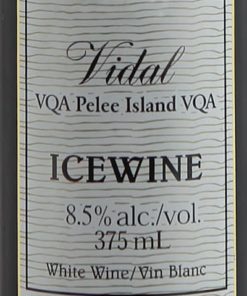Canadian wine has been produced for over 200 years. During the first half of the twentieth century, the temperance movement and later consumer demand for fortified and sweet wines hampered the development of a quality table wine industry. However, during the 1960s consumer demand shifted to drier and lower alcohol table wines. .
At the same time, there were significant improvements in wine-making technology, access to better grape varieties and disease-resistant clones, and systematic research into viticulture. In 1988, three important events occurred: the free trade with the United States, the establishment of the Vintners Quality Alliance standard and a major grape vine replacement/upgrading program. Each of these events served in one way or another to improve the viability of the Canadian wine industry.
Canadian Wine

